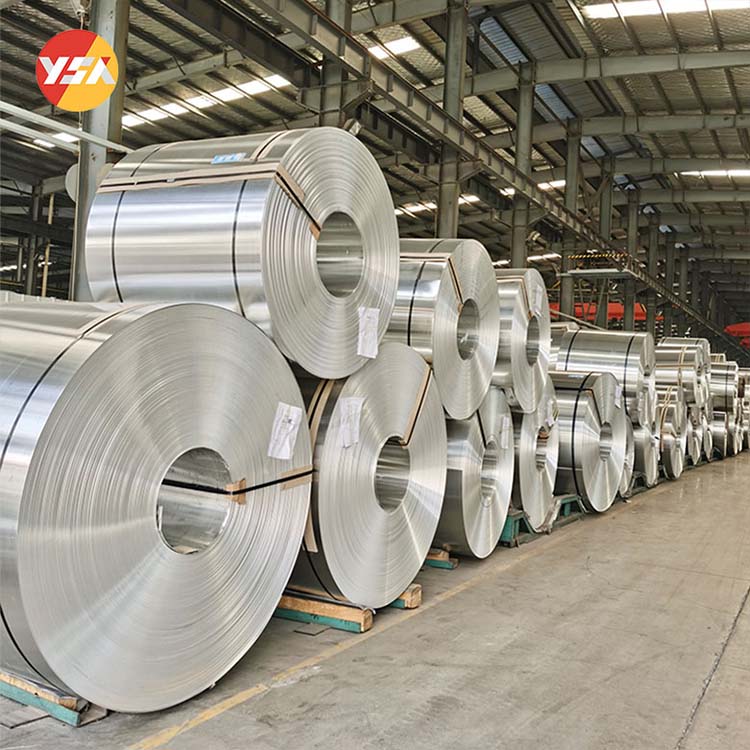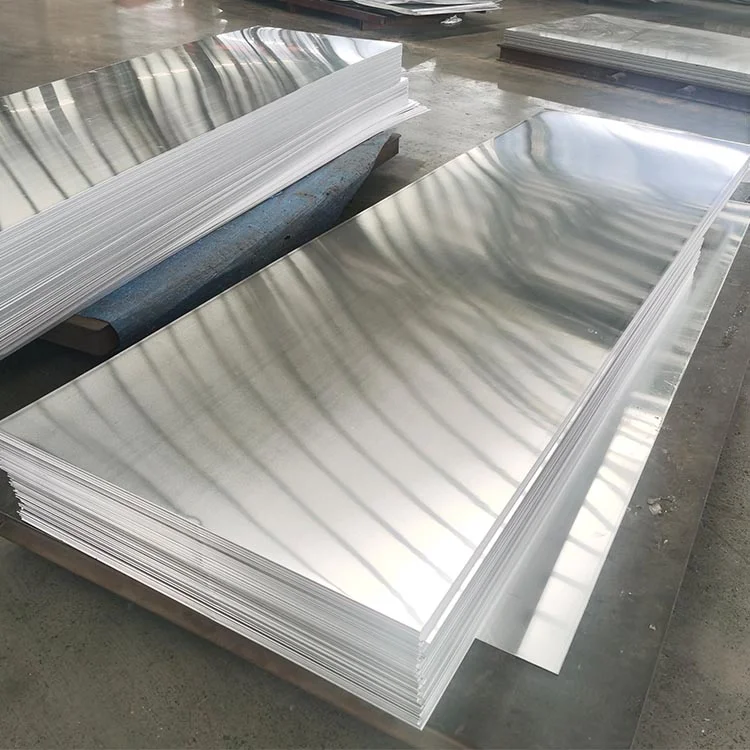A Detailed Guide to Select Mirror Finish Aluminum
In modern industrial and decorative applications, mirror finish aluminum is highly favored for its excellent reflective properties and aesthetic appeal. However, the variety of mirror finish aluminum available on the market can be overwhelming, with varying quality levels. This guide will cover eight key aspects to consider when selecting high-quality mirror finish aluminum: surface quality, material and specifications, reflectivity, protective film and packaging, machining performance, environmental and safety considerations, supplier reputation, and price and service. Surface Quality Surface quality is the most critical factor in selecting mirror finish aluminum. High-quality mirror finish aluminum should have a flat, smooth surface without noticeable scratches, defects, or warping. Before purchasing, check the flatness of …


